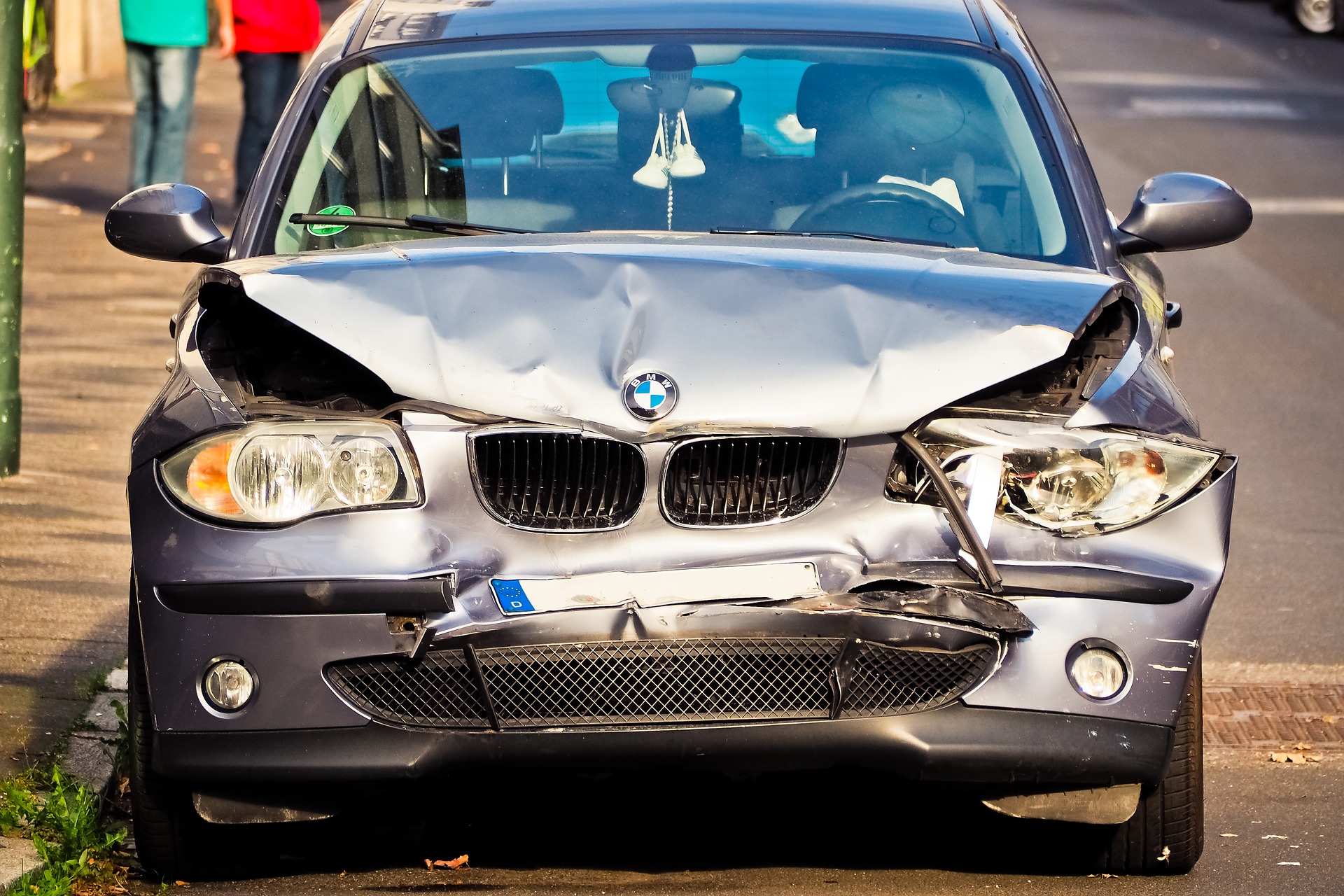It happens in a flash. When you least expect it. The violent jolt; the screeching sound; shattered glass; then that brief moment of silence. The pain sets in. If you’ve ever experienced an automobile accident, you know how traumatic it can be.
You’re shaken, you’re upset, maybe angry. And quite possibly, seriously injured. For everyone’s best interests, there are a number of steps you should follow immediately after an accident. You’ll need your wits about you, and, naturally, your smartphone.
- Stay Calm, and check for injuries
- Call for help
- Call 9-1-1 if there are injured parties. Don’t attempt to move anyone, including yourself, who has suffered an apparent serious injury. If there are no injuries, and total property damages of less than $2,000, it is still strongly recommended that you attend the local collision reporting centre, so that there is a record of your version of events and the property damage is photographed.
- If it is safe to get out of the car, collect evidence.
- Once again, this is where your smartphone will come in handy. Use it to help tell the tale of the accident:
- Take pictures (and when possible, video) of the following:
- All vehicles involved—before any cars are moved.
- Capture the positioning of the cars, from many angles
- Capture the damage to each car, again from different angles
- Record the overall accident scene, from different angles and distances
- Record all information about the accident—while it is all still fresh in your mind—BEFORE others attempt to influence your thoughts on the facts. Use either pen & paper, or an audio app or note-taking app on your cell phone. Things to note:
-
- Time of day
- Weather & road conditions
- Estimated speed of all vehicles at time of crash
- Description of how the accident occurred
- Condition (& conduct) of the other driver(s)
- Jot down a diagram of the accident (if pictures or videos are not possible)
-
- Gather all information from other driver(s):
- Name, address, phone number, Driver’s License & owner’s registration info, vehicle plate numbers, insurance company & policy #; names and contact info of any other passengers in the other cars; name & badge #s of police that arrive on the scene.
- Witnesses
- Obtain contact information of any witnesses and other passengers, if any — in other vehicles and/or pedestrians at the scene.
The aftermath
Now you’ve handled the scene of the accident, the next steps are just as important to be sure you are covered financially, and in every other way:
- Call a personal injury lawyer—most will offer a no-cost first-time consultation.
- A personal injury lawyer will be your best advocate throughout this stressful process, and will help you make sense of, and deal with everything in the aftermath of the accident. In addition to the Accident Claim benefits (see below), your lawyer can pursue compensation through a personal injury lawsuit. This is where all that evidence (photos, videos, witnesses’ contact info) you collected at the scene will be crucial.
- Call your insurance company as soon as possible.
- File your Accident Benefits Claim
- Ontario’s no-fault compensation system entitles anyone injured in a car accident to receive monetary benefits from their insurance provider to cover medical and injury-related expenses—whether or not they were at-fault. You have 7 days to notify your insurer of your intentions to file this claim. You may also be eligible to claim weekly benefits, such as Income Replacement benefits. Your personal injury lawyer can help you sort through all of this, and time is of the essence. You have only 30 days to file the Accident Benefits claim after receiving the form.
- Mark down (and take pictures of, if possible) any and all physical ailments suffered, both immediately and in the days and weeks following the accident.
- Retain records of any medical receipts/expenses (including follow-up treatments, including specialists, etc.)
Knowing everything you need to do after a motor vehicle accident is essential. But it’s just as important to know what NOT to do.
Never having to say you’re sorry
- Don’t take any responsibility
As Canadians, often the first instinct we have, is to say we’re sorry, or apologize. This can be a costly mistake, whether or not you feel responsible. There are a lot of factors that go into a traffic accident, so even if you think you might have done something wrong, simply put: Do not admit any fault.
- Do not flee the scene.
Criminal charges can result for those who leave the scene of an accident before all information is exchanged.
- Do not get out of your car if it’s not safe to do so.
An accident in the middle of a roadway with on-coming traffic can be a recipe for even greater disaster. In that case, simply call the police and 9-1-1, and stay in your car.
Your health and welfare are always the first priority in a situation like this. But your recovery will depend, in part, on an ample compensation package to cover your medical expenses. A personal injury lawyer is your most important step toward that end.
Brian A. Horowitz has nearly 35 years of helping auto accident victims. His understanding, compassion and expertise will help navigate you through this harrowing experience, emotionally, physically and financially. Get the care & compensation you deserve. Call Horowitz Injury Law now for a free no-obligation consult. 416-925-4100.




